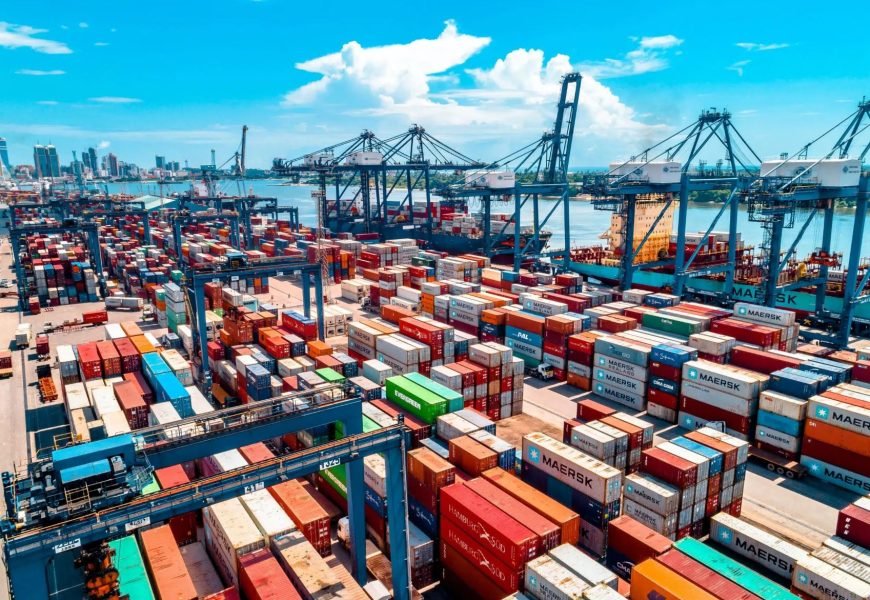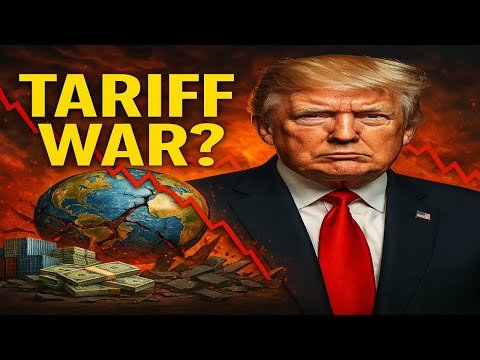
Trade is the lifeblood of modern economies, and changes to trade policies can have significant ripple effects across industries, workers, and consumers. In recent years, new tariffs imposed by countries within North America have created both challenges and opportunities for businesses and governments. The imposition of tariffs—taxes or duties on imports or exports—has become a prominent issue in discussions of international trade, particularly between the United States, Canada, and Mexico, which are part of the United States-Mexico-Canada Agreement (USMCA).
This article examines the impact of recent tariffs on North American trade relations, exploring how they affect economic growth, industries, workers, and international partnerships.
1. The Context of Tariffs in North America
Tariffs have historically been used as a tool of protectionism, with governments imposing them to protect domestic industries from foreign competition. In recent years, the United States has enacted several rounds of tariffs on imports from China, Mexico, and Canada, among other countries. The USMCA, which replaced the North American Free Trade Agreement (NAFTA), sought to create a more balanced trade environment within the region, but the imposition of tariffs by the U.S. during the renegotiation of NAFTA added complexity to the trade relationships between the U.S., Canada, and Mexico.
While the USMCA has succeeded in streamlining and updating certain aspects of trade relations, the imposition of tariffs has continued to stir controversy in North America, particularly in the automotive, agricultural, and steel sectors.
2. Impact on U.S.-Mexico Trade Relations
Mexico is one of the largest trading partners of the United States, and the two countries share a deeply integrated economic relationship, particularly in manufacturing and agriculture. However, the imposition of tariffs—especially on steel, aluminum, and certain agricultural products—has strained relations between the two nations.
A. Agriculture and Food Trade
The U.S. is a major exporter of agricultural goods to Mexico, including corn, soybeans, and meat products. Tariffs on agricultural products have negatively impacted both U.S. farmers and Mexican consumers. For example, Mexican tariffs on U.S. pork products, imposed in response to U.S. tariffs on steel and aluminum, have led to higher prices for U.S. pork exports and reduced demand. This has particularly hurt American farmers in states like Iowa and North Carolina, where pork farming is a major industry.
Conversely, Mexico has become a major exporter of fruits and vegetables to the U.S., especially during the winter months when American production is limited. Tariffs on these agricultural imports could lead to higher prices for U.S. consumers and reduced access to fresh produce.
B. Automotive Industry
The automotive industry, where parts and vehicles often cross borders several times during the manufacturing process, is a prime example of how tariffs disrupt supply chains. Mexico exports a significant number of cars and car parts to the U.S., but U.S. tariffs on steel and aluminum increased the cost of production for these exports. While the USMCA includes provisions to incentivize more domestic production of auto parts, tariffs have created uncertainties and increased costs for automakers in both countries.
3. The Impact on U.S.-Canada Trade Relations
The United States and Canada share the longest undefended border in the world and have a deep and longstanding trade relationship. Canada is one of the United States’ largest trading partners, and the two countries engage in trade across a broad range of industries, including energy, agriculture, and manufacturing.
A. Steel and Aluminum Tariffs
One of the most significant trade challenges between the U.S. and Canada has been the imposition of steel and aluminum tariffs by the Trump administration in 2018. These tariffs, set at 25% for steel and 10% for aluminum, were justified on national security grounds but were viewed by many as a direct blow to Canada’s economy, which relies heavily on steel exports to the U.S.
The Canadian government responded by imposing retaliatory tariffs on U.S. goods, ranging from consumer products to industrial goods. This has created tension and led to a decline in trade between the two countries in certain sectors, particularly in industries like automotive manufacturing and metal fabrication.
B. Dairy and Agricultural Products
While Canada and the U.S. share a healthy trade relationship, dairy products have been a point of contention. Under the terms of the USMCA, Canada agreed to allow greater U.S. access to its dairy market, which was previously protected by Canadian quotas. However, tariffs on dairy exports have led to ongoing trade disputes, with the U.S. accusing Canada of unfairly limiting American dairy exports.
4. Broader Economic and Political Consequences of Tariffs
While the USMCA attempted to mitigate some of the economic impacts of tariffs, the broader effects have been felt in various sectors across North America.
A. Economic Disruptions
The short-term economic effects of tariffs include disruptions to supply chains, higher production costs, and the passing on of those costs to consumers. For example, when U.S. manufacturers face higher costs due to steel tariffs, these costs are often passed down the line to consumers in the form of higher prices for products like cars, appliances, and infrastructure materials.
B. Global Trade Relationships
North American trade relations are also influenced by the broader global trading system. As the U.S. has imposed tariffs on certain imports, especially from China and the European Union, countries like Canada and Mexico have sometimes been caught in the crossfire, experiencing collateral damage in global supply chains. For instance, tariffs on steel and aluminum have disrupted industries in both Canada and Mexico that rely on imported metals.
Moreover, new tariffs have complicated relationships with non-North American countries. For example, the imposition of tariffs on Chinese goods has had ripple effects on trade with Canada and Mexico, which also export certain products to China.
C. Consumer Impact
The imposition of tariffs often results in higher prices for consumers, as manufacturers and producers absorb some of the costs. For example, higher prices on consumer electronics, automobiles, and home goods have been felt by U.S. consumers due to the tariffs on Chinese imports. In some cases, these price increases have eroded the purchasing power of U.S. consumers, especially middle-class families.
5. Moving Forward: Future of North American Trade Relations
The future of North American trade relations will largely depend on the evolution of tariff policies and the resolution of ongoing disputes. The USMCA provides a framework for enhancing trade cooperation, particularly in digital trade and automotive manufacturing, but the underlying issues around tariffs remain a point of contention.
A. Potential for Tariff Reduction and Resolution
As the political landscape evolves, there may be efforts to reduce tariffs and ease trade tensions. Bipartisan support for tariff reduction has been voiced in the U.S., particularly among industries that are negatively affected by trade barriers. Moreover, the need to foster positive trade relations with key allies like Canada and Mexico will likely encourage diplomatic efforts to resolve trade disputes in the near future.
B. Continued Focus on Global Trade Relations
As the global economy continues to adjust to new trade dynamics, North America will likely continue to face the challenges and opportunities presented by tariffs. Both the U.S. and Canada have a vested interest in ensuring that their trade policies do not result in long-term damage to their economies or global trade relationships.
Conclusion
The imposition of tariffs in North America has had a far-reaching impact on trade relations between the U.S., Canada, and Mexico. While the USMCA has offered a modernized framework for trade in North America, the disruptions caused by tariffs have created economic and political challenges for all parties involved. As the global trade landscape evolves, the continued effects of tariffs on industries, consumers, and international partnerships will need to be carefully monitored. Moving forward, a balanced approach that addresses the need for fair trade while avoiding trade barriers will be crucial for fostering a stable and prosperous economic environment in North America.






